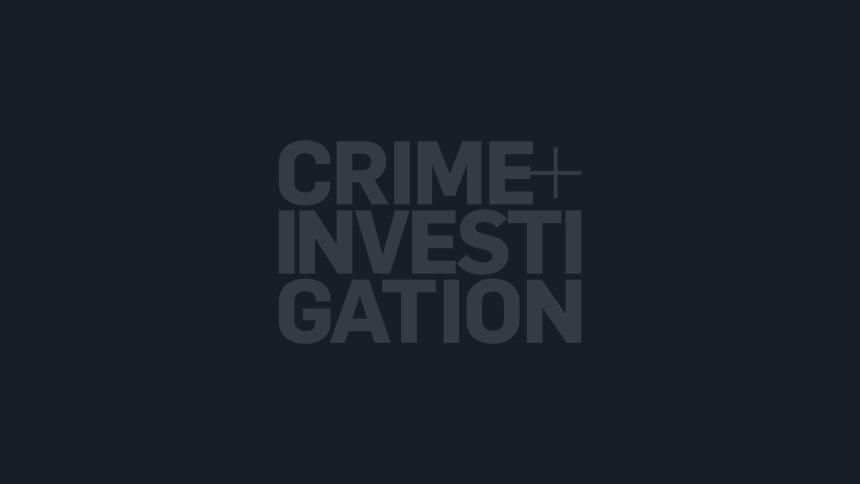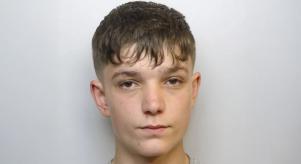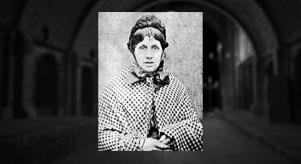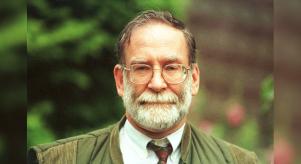
My Day as A Crime Scene Investigator
Wherever he steps, wherever he touches, whatever he leaves, even without consciousness, will serve as a silent witness against him.
Despite what you might think, it’s not every day that we at Crime & Investigation Network get to walk under tape marked “Crime Scene – Do Not Cross”, let alone when it’s attached to a doorway into one of London’s most prestigious locations. However, at exactly
09:24 on a sunny autumnal morning fellow CI Networker Rachael and I do just that, as we attend a CSI experience day preluding the 2nd series of Fred Dinenage: Murder Casebook.
09:30, Having squeezed into the world’s smallest lift (it’s a good job Rachael and I work closely together) we soon find ourselves climbing towards The Bridge Master’s Dining Room inside the South Abutment of Tower Bridge. This is no ordinary crime scene. With the historic setting comes a historic view over the north bank of the Thames and the bridge itself. And as soon as we arrive at the top we are thrown straight into the action.Placed on a coffee table are two authentic newspapers dated from the 1950’s with reports of gruesome murders splashed across their pages. There is crime scene tape draped between doors, and a flurry of activity comes from the Bridge Master’s Dining Room itself, which is full of metal cases and forensic equipment…we are definitely in the right place.
After becoming acquainted with our fellow crime scene investigators for the day, an assortment of journalists and photographers, the schedule is laid out before us by Former Scotland Yard Detective Chief Inspector Steve Gaskin. Having worked on the Archibald Hall (The Monster Butler) murder case, Steve is a fascinating source of crime investigation knowledge. He is also a black belt in Taekwondo, so we’re guessing he can look after himself.
Introductions over, we move through to the famous Dining Room, where we take our places in front of a familiar looking brown envelope entitled “Case notes – CLASSIFIED”. Grateful that our breakfast is now well and truly digested, we open our replica police crime folder (complete with authentic coffee mug stain) and delve into our very first criminal investigation.
10:26, MEMORANDUM “Re-investigation of a murder possibly committed by a known serial killer, executed 50 years previously”…a murder case with a twist, the scene was set. Prior to execution, the killer had implied that he had murdered more victims than he had been convicted for, a scenario reminiscent of the Peter Manuel case of the same era. Now, some 50 years on, a body is discovered baring all the hallmarks of our killer’s modus operandi. Our job, using every forensic means at our disposal, is to determine whether or not our killer is responsible.
Steve hands us our first task of the day. It’s an A4 piece of paper with an image and asks us to tell him what we see. This is our first opportunity to shine as budding crime scene investigators and we’re eager to crack the first riddle of the day. Besides, Steve has just promised to give a set of chocolate dentures to those who perform well. Putting our CSI caps on we’re confident it’s probably a fingerprint of some kind. Steve announces the image is actually… a cow! Not a great start for Team CI Network. Apparently the purpose of the cow here is to demonstrate the importance of looking in the right places before the truth will reveal itself…we have a lot to learn if we are to solve this crime!
11:04, Evidence can be extremely fragile and contamination is always a risk at any crime scene, even a fictional one. To our delight, Steve presents us all with authentic CSI apparel complete with face mask and latex gloves. This is very cool! Rachael is the first into her Halloween all-in-one and after 11 minutes of laughing and taking pictures of each other (not so CSI, I know) we’re back to business.
First stop, fingerprints. A previously unknown world of Arches, Loops and Whorls is unveiled as we stare curiously down at our fingers. Now the fun begins. We’re handed a card on which we can collect our own finger prints. Apparently you’re meant to roll your fingers across the page to get the best print, a task that raised a few sniggers as we strike various poses attempting to achieve the perfect print. Analysing the results is just as fun as we try and see whether any of us might possess the incredibly rare “Accidental” pattern. Sadly no one did, but after Steve introduces us to ridge patters, the next level of fingerprint analysis, there’s a whole new list of shapes to find. In the British courts, 16 points of identification are required to confirm ownership of a fingerprint…we’re starting to understand why it takes 7 years of training to be considered a fingerprint expert. I’m starting to hope our killer was wearing gloves!
11:53, "Health Warning – disturbing elements" flashes up on the projector screen in front of us as Steve tells us about the various types of blood splatter. Reassuring us that the blood used today is in fact fake, we stare open mouthed as Steve recounts stories of murder scenes and the information that can be extracted from blood splatter.
Just by looking at the radius of a drop of blood, an expert can determine whether a victim walked out of a room, or crawled out. We’re next introduced to the criminal photo-fit software, a device used to help create mock-ups of a criminal based on a witness’s description. Laughing at the numerous amounts of eyebrows and moustaches at our disposal, we have far too much fun trying to create our own faces.
Next is ballistics, aka guns and explosions. Here we learn about microstamping which is the small indentation made by the “firing” pin on the casing of a bullet or shell. This tiny mark is unique to the gun that fired the bullet. To be able to see this Steve hands out some digital microscopes capable of X400 zoom. Itching to try out our new toy we immediately stick the device onto various things, including our own faces, and crowd around the laptop to see the live results! X400 moment of the day is witnessing a sweat pore ooze sweat like a miniature volcano. Nice.
13:03, Numerous chicken skewers later and we’re finally ready to enter the fictional crime scene. As we’re split into two teams Rachael and I can’t wait to put our new found skills to the test. Eagerly we bundle into the small bedroom adjacent to the Dining Room and the scene slowly unfolds.
Walls with blood splatter, DIY tools litter the floor around the bed, two shotgun shells sit by a radiator whilst some banknotes and a couple of apples have been scattered across the carpet. Like a giant puzzle, we all start scratching our heads wondering how or where to start.
Rachael cracks on and before you know it she’s re-enacting the events of what might have gone down here. Feeling very proud of myself I manage to confirm the bite marks on an apple are definitely those of our killer. Using paper chromatography, Rachael next discovers that a pen used on a piece of paper found at the crime scene comes from the same set of pens found at the killer’s house.
Although it’s complete fiction, there’s a real buzz around the room as each piece of evidence is discovered and processed. A broken cup is next found to contain the prints of our victim, and when our killer’s blood is also discovered we start to think there had perhaps been a struggle. Some microscoping later and the shotgun shells are a match for those found at the killer’s residence.
Final confirmation comes as the killer’s prints are discovered on the banknotes reinforcing the fact they were definitely at the scene of the crime. The walls of blood actually turn out to be ketchup, leaving the cause of death of our victim unknown at this point, that one’s left to the pathologist.
15:45, So as this memorable and fascinating experience comes to a close, we leave with a great appreciation of the incredible skills required to master this unique profession. Clutching our chocolate dentures and stuffing our authentic CSI gear into our bags for Halloween, the projector screen lights up one last time to reveal our final task: “Thanks for your time and now in true Metropolitan Police style, let’s have a beer.” This is one task we won’t need training for.




